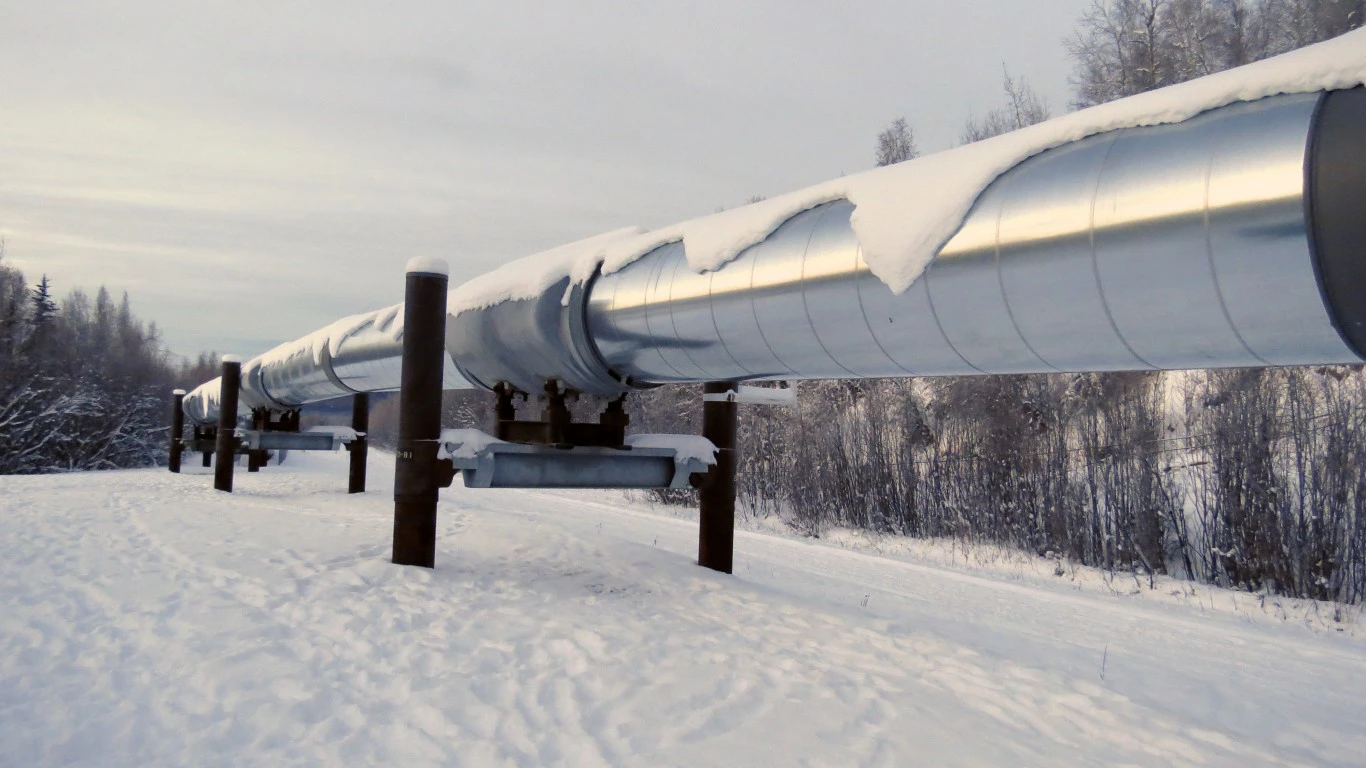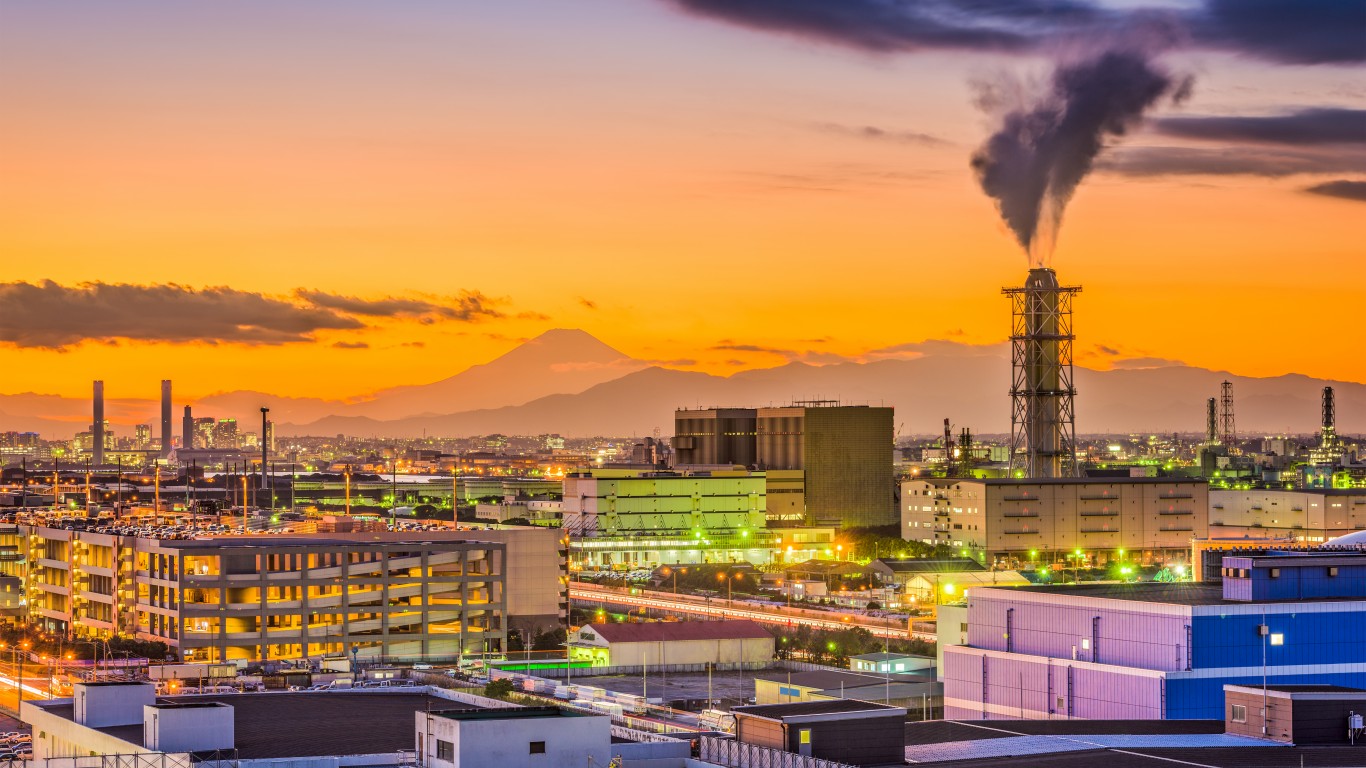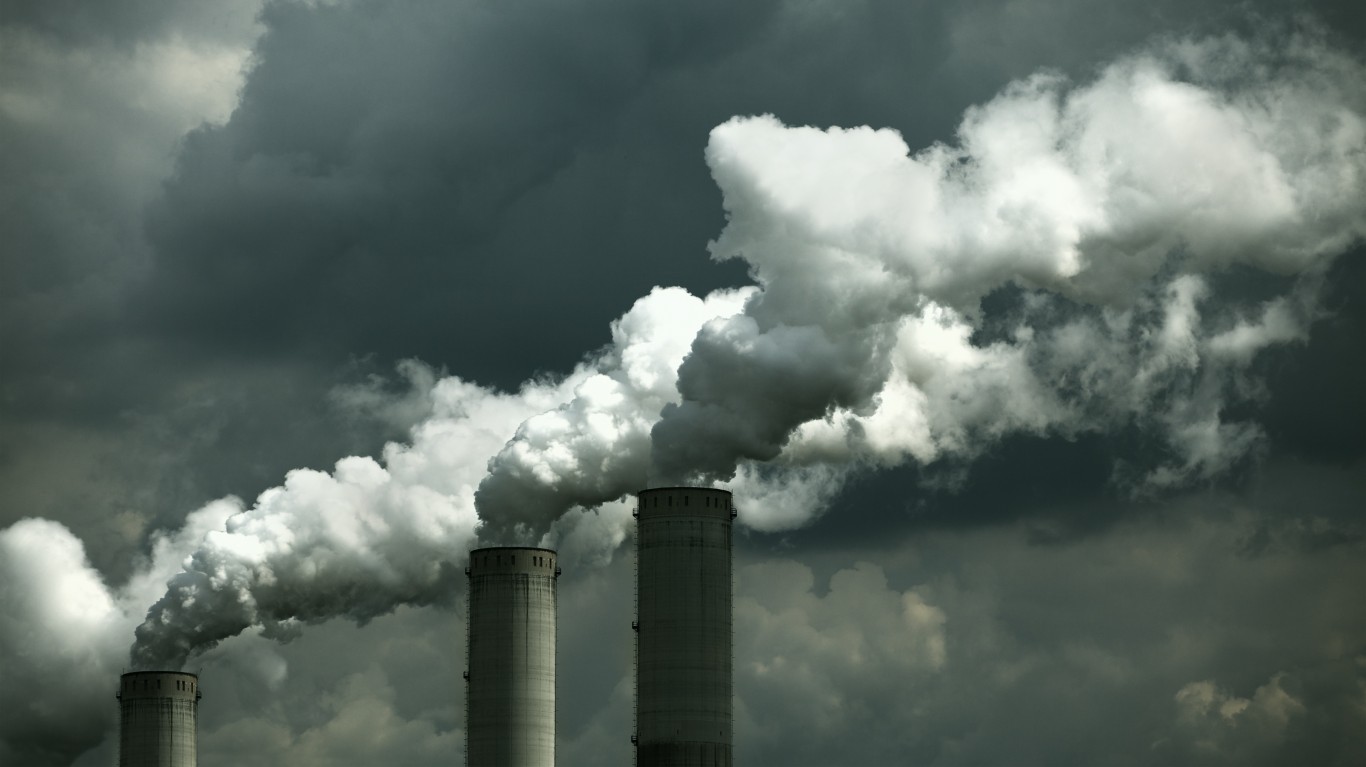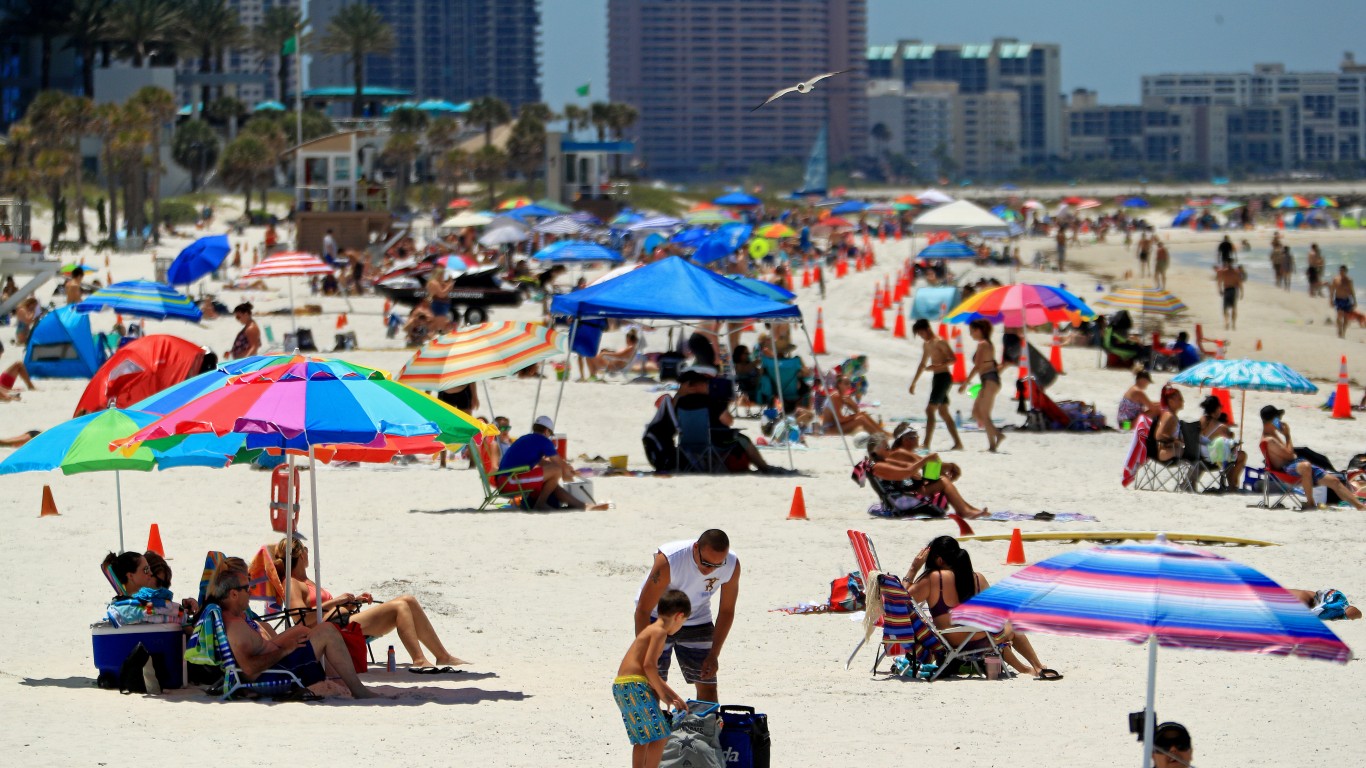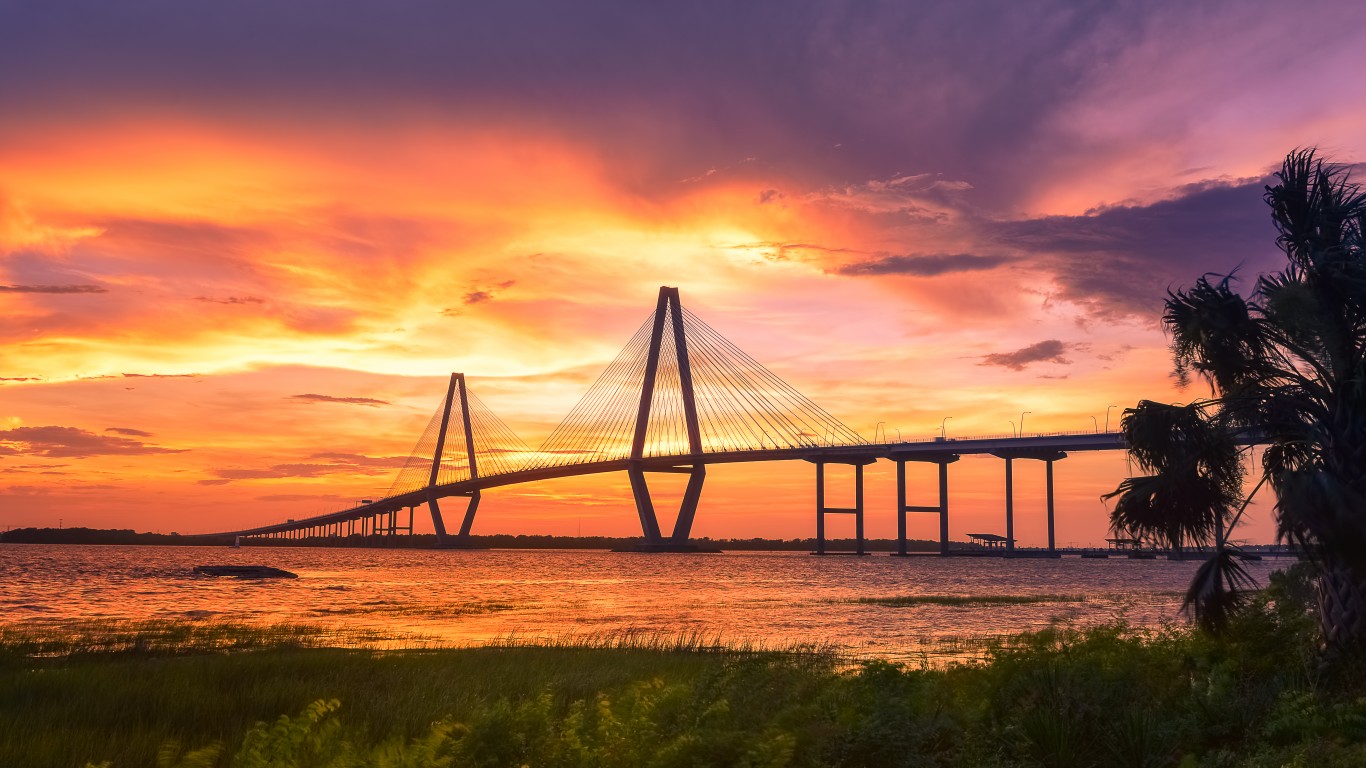By David Callaway, Callaway Climate Insights
As President Joe Biden finally banned Russian oil and gasoline prices this morning surged past $6 here in California, the inflationary punch of Putin’s War is hitting drivers hard. Food prices tied to Ukrainian wheat and technology components tied to minerals such as nickel from Russia will also soar in coming days.
One overlooked victim will be global airline prices, as airlines suffer from not only higher fuel costs but longer, more carbon-intensive routes in long-haul flights to avoid Russian airspace. Shares of United Airlines (UAL), Delta (DAL) and American (AAL) all fell more than a third since Putin invaded Ukraine, and Federal Express (FDX) is down almost 20%.
Global airlines, which connect the U.S. and Europe to Southeast Asia, will need to add hours, and costly fuel, to each of their routes, resulting in higher fees for travelers just as the world is emerging from the latest Covid wave.
For airlines, which were among the hardest industries hit by Covid, soaring fuel and now a wartime shift in strategic air routes is the perfect storm of challenges. For climate watchers worried that the 12% of carbon emissions from the air travel industry will now rise further, it’s another sign of how climate change work has been suspended during the European war.
As the second anniversary of the global Covid lockdown approaches next week, and the two-year mark next month since oil prices actually went negative when the world economy stalled, investors should reflect on the lessons of history in how quickly a sure bet can turn upside down.
More insights below . . . .
Book Review: How H.G. Wells’ The Time Machine predicted climate change more than a century ago
. . . . There’s no shortage of new climate change books on Amazon but for true inspiration, Jack Hamilton went back to 1895, when H.G. Wells published The Time Machine, an eerily prescient work that foresaw the effects of climate change, income inequality and, more ominously, the death of knowledge. Think 2050’s going to be bad, try the year 802,701. . . .
Read the full review
Tuesday’s subscriber insights: The coming EV battery brand wars
. . Time was when car enthusiasts would boast about the power of their auto engines. There was Chrysler’s Hemi, Jaguar’s straight 6, the small-black Chevy V8, the diesel Cummins 6BT and more. Now, it looks like they’ll be bragging about their EV batteries as new technologies are developed amid urgency over range, weight safety and cost. Bet your 4680 is no match for my Ultium. Read more here . . .
. . . . With congestion pricing already in several world cities — including London, Singapore, Stockholm and Milan — the antipollution (and fund-raising) trend is due to spread to New York’s Manhattan in 2023. But Oxford in the U.K. may have come with the most creative concept yet: A fee for all cars that are not all-electric. Read more here. . . .
. . . . Soaring gasoline prices, seesawing of energy prices around the world… At the heart of the matter is that renewable energy is local. Wind farms and solar arrays will supply local markets and, eventually, stabilize energy prices. It will take short-term measures, such as increasing non-Russian LNG supplies to Europe, to ease the crisis, but the long term will belong to renewables. Read more here.
. . . . Insulated by some of the lowest oil and gas prices in the Western world, Americans — unlike their European counterparts — have been somewhat lazy in making sure their homes are properly weatherized. But they sure have insulation on their minds now. Incentives for weatherizing, heat pumps and other energy efficiency upgrades are, well, heating up. Read more here. . . .
Editor’s picks: Slush for mushers; ‘climate doctors’ needed
Wet, warm start to the 50th Iditarod
The 50th annual running of the Iditarod Trail sled dog race saw 49 teams begin the ceremonial start of the race in downtown Anchorage on Saturday, mushing through warm, sloppy mushy conditions. A report from Reuters notes how the races had been impacted by climate changes and Covid, with competitors and spectators still operating under some pandemic conditions. According to the report, top musher Nic Petit pulled out after testing positive for Covid right before the start of the race, and asked four-time champion Jeff King to step in and drive Petit’s team. In recent years, warm weather forced organizers to move the race start farther north to Anchorage, and in 2020, flooding swamped sea ice in the final stretch of the race. Three teams had to be rescued from the area.
The world needs ‘climate doctors’
There’s growing sentiment among healthcare providers that the climate change fight is becoming their fight, too. So writes Jay Lemery in an opinion piece for the Los Angeles Times. He is a professor of emergency medicine at the University of Colorado School of Medicine, co-director of its Climate & Health Program and a member of the National Academy of Medicine. Based on the UN’s APCC report last week, he writes, healthcare professionals are ready “to act on solutions that address social inequities, vary our responses based on a wide range of climate risks and make our adaptation to climate change better at reducing harm. Humans can expect more widespread sickness, injuries and disease from a changing climate. Healthcare is accordingly coalescing around the idea that we need to upgrade our medical training programs to address climate — and even train ‘climate doctors.’” He adds that climate doctors can lead on smart policy through education, environmental justice, research, decarbonization and accountability.
Data driven: The Dead Zone
. . . . Each year, NOAA-supported scientists from Louisiana State University and the Louisiana Universities Marine Consortium cruise out into the Gulf of Mexico to measure the Dead Zone, also known as the hypoxic zone, where low oxygen levels near the bottom are insufficient to support most marine life. The annual hypoxic zone size determination is a key metric used by the Mississippi River/Gulf of Mexico Watershed Nutrient Task Force to measure progress toward achieving the 5-year average target of 1,900-square-miles or smaller by 2035. In 2021, the dead zone measured 6,334 square miles, equivalent to more than four million acres of habitat potentially unavailable to fish and bottom species. As the annual survey cruise is only a snapshot of the hypoxic zone, calculating a 5-year average captures the true dynamic nature of the zone more than a single annual measurement. NOAA quotes Steven Thur, director of NOAA’s National Centers for Coastal Ocean Science, as saying: “The data from this cruise are used by NOAA and its partners to help refine the models and more accurately simulate how river discharge, nutrient loads and oceanographic conditions influence hypoxic conditions in the Gulf and impact living resources. By understanding the scale and effects of these hypoxia events, we can better inform the best strategies to reduce its size and minimize impacts to our coastal resources and economy.”. . .
Callaway Climate Insights Newsletter
By David Callaway
